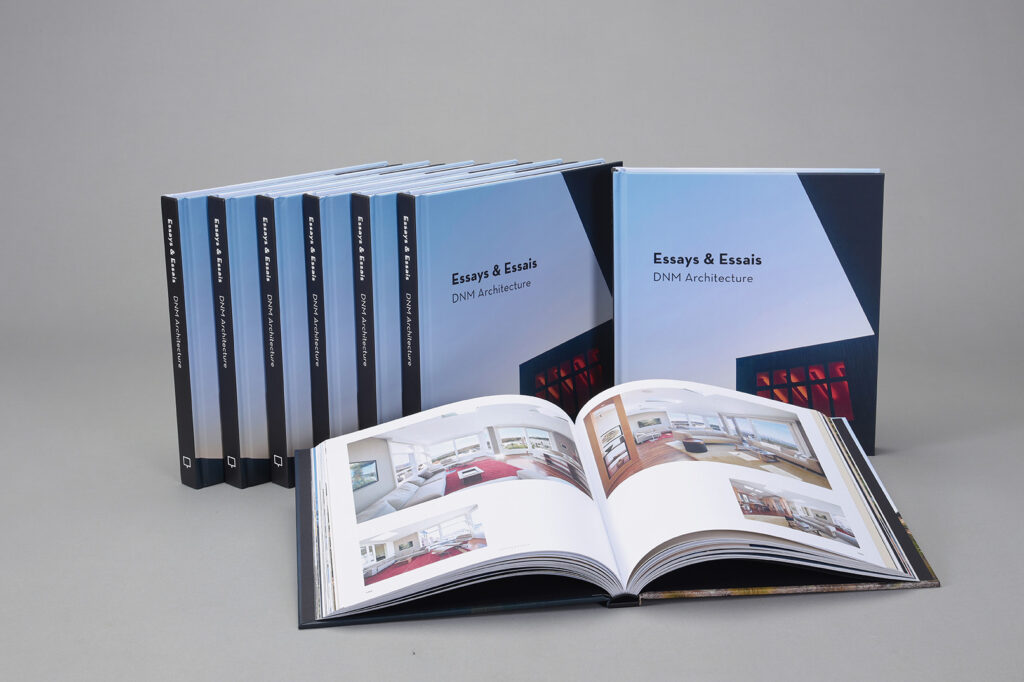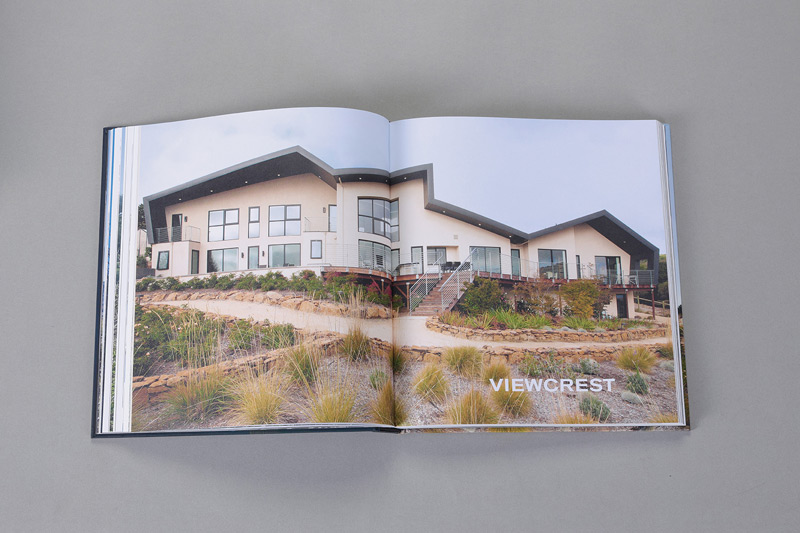
ESSAYS & ESSAIS
DNM Architecture
Foreword, Acknowledgements,
and Essays by David Marlatt, AIA
Preface by Xavier Soule
Principal Photography by Jamie Leasure, Joseph Schell, Tyler Chartier, Andre Bernard, Antoine Trichereau, Open Homes Photography
Book Size: 9 x 10 in / 228.6 x 254 mm
Format: Portrait
Pages: 200
Language: English
Photographs: 250
Illustrations: 50
Edition/ISBN: Hardcover (978-1-946226-99-0), Slipcase (978-1-946226-94-5)
Essays & Essais
“In addition to applauding your humanist philosophy, I wanted to reiterate something I know John and I have said to you, which is that you built the house we wanted, not some “vision” that didn’t match ours. And that you elicited from us what we needed, not necessarily what we originally thought we did, and created a wonderful, useful house that worked / works well for us and now me. For which, thank you again.” – DNM Client & Homeowner
For almost a quarter-century, DNM Architecture, under the leadership of Principal David Marlatt, AIA, has been producing award-winning, innovative and environmentally friendly buildings across the San Francisco Bay Area. This in-depth study shows how the firm’s client-oriented, flexible philosophy is enhanced by its expertise in 3D CAD software to produce sensitive and highly successful responses to the design program, taking into account function, style, budget, codes, context, schedule, energy efficiency, and dozens of other considerations. In Essays & Essais, detailed and extensively documented examinations of outstanding projects such as Deer Park and Anglers Way are accompanied by more reflective essays by Marlatt in which he shares his insights into the practice of architecture in the present and future, the firm’s underlying principles, and much more.
Available Now!!

“If there is a consistent thread to our work during almost 25 years of practice and hundreds of projects, it is that we have placed the practical needs of clients and their communities first. We conceive of the floorplan as a diagram for living and try to anticipate how the building will live over time. In an essay about his own house, Mark Twain wrote, “to us, our house … had a heart, and a soul, and eyes to see us with; … it was of us, and we were in its confidence, and lived in its grace and in the peace of its benediction.” Put less poetically, the house is an extension of its users; through organization of spaces and myriad other design decisions, it anticipates and facilitates movement and delivers emotions that are needed – coziness, security, elation, energy, aspiration, and more. For homeowners, the house becomes a character in their own play.“
Forward, Essays & Essais, David Marlatt, AIA.
